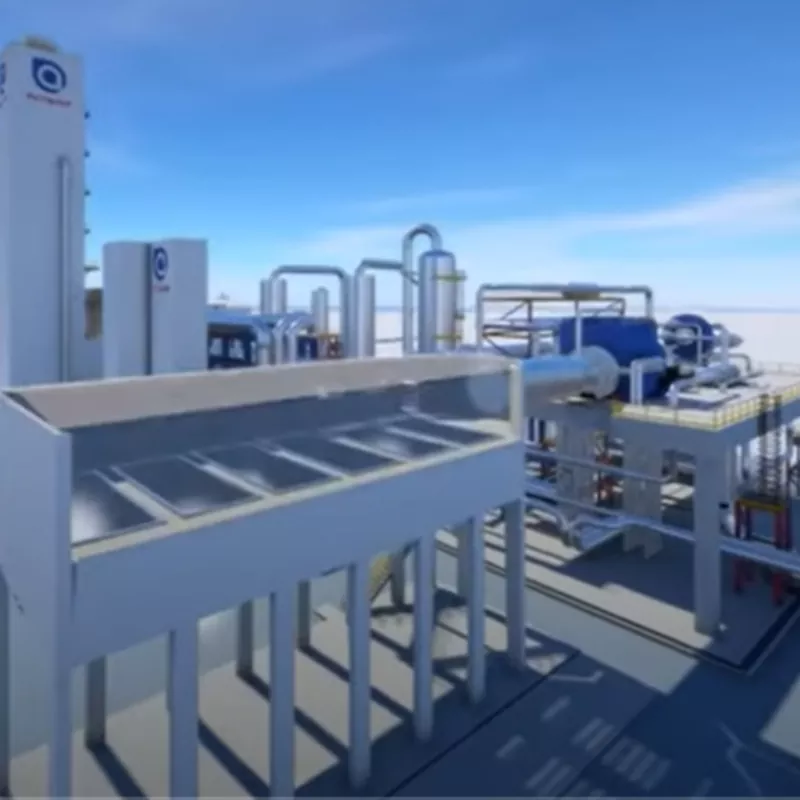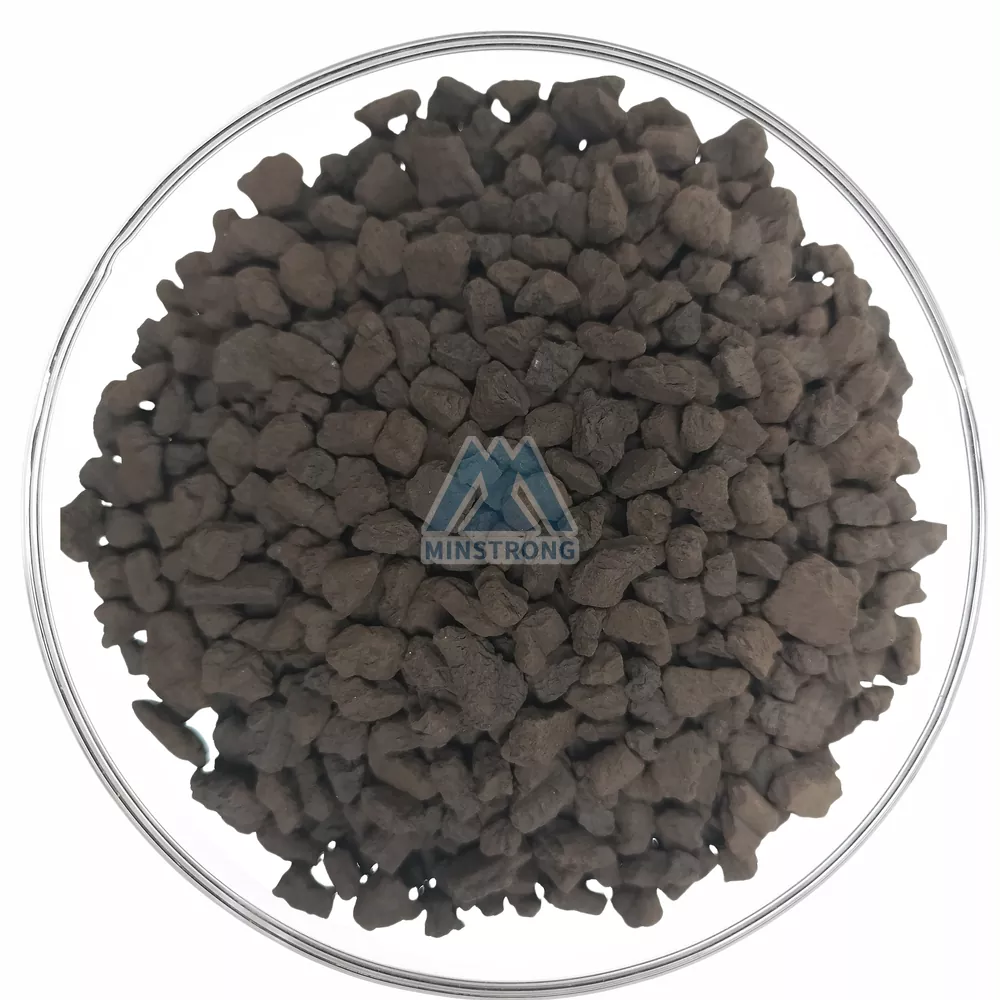Application of Carbon Monoxide Removal Catalyst in Air Purification of Air Separation Prepurifier (PPU)
1. Introduction
The air separation unit (ASU) is the core
equipment for the production of industrial gases (such as oxygen, nitrogen, and
argon). The pre-purification unit (PPU) at the front end is crucial for the
purification of raw air. If trace amounts of carbon monoxide (CO) in the air
are not effectively removed, they will accumulate during the cryogenic
distillation process, causing safety hazards (such as explosion risks) or
affecting product purity. As a key material for PPU , the carbon monoxide
removal catalyst converts CO into harmless CO₂ through catalytic oxidation ,
ensuring the safe and efficient operation of the air separation system.

2. Challenges of CO removal in PPU
Low concentration, high toxicity: The CO
concentration in the air is usually 1-10ppm, but it needs to be reduced to ppb
level to meet process requirements.
Competing Response Interference: PPU needs to simultaneously remove combustibles
such as H₂ and CH₄ , and the catalyst needs to have high selectivity.
Complex working conditions: Normal
temperature to low temperature (-40°C to 50°C) and
variable humidity (humidity fluctuations during the adsorption cycle)
environment pose challenges to the activity and stability of the catalyst.
3. Principles and characteristics of CO removal
catalysts
3.1
Catalytic mechanism
CO removal is mainly achieved through
low-temperature catalytic oxidation reaction: 2CO+
O₂ = 2CO₂
Commonly used catalysts use transition
metal oxides ( Cu - Mn ) as active components.
3.2
Key Performance Indicators
Low temperature activity: Maintain high
conversion rate under normal temperature/low temperature conditions of PPU
(such as CO conversion rate >99% at ≤10°C).
Anti-poisoning ability: Tolerant to
interference from H₂O , CO₂ and trace sulfides (such as H₂S ).
Long life: Need to match the
regeneration cycle of PPU adsorbent (such as molecular sieve, activated
aluminum) (usually 5-10 years).

4. Integrated application of catalysts in PPU process
4.1
Typical process flow
PPU usually adopts "adsorption +
catalysis" two-stage purification:
1. Pre-adsorption tower: removes H₂O , CO₂ and
some hydrocarbons.
2. Catalytic reaction layer: CO removal
catalyst bed, reacts with residual O₂ to generate CO₂ .
3. Post-adsorption tower: captures the
generated CO₂ to ensure the safety of downstream cryogenic equipment.
4.2
Industrial Cases
A large air separation plant uses Minstrong
carbon monoxide removal catalyst to reduce CO from 5 ppm to < 5 ppb
at 10°C and an air velocity of 5000 h⁻¹ , and runs synchronously with the
molecular sieve regeneration cycle, with a service life of 8 years.
5. Conclusion
Carbon monoxide removal catalyst is the
core link of air separation PPU efficient purification. Its low temperature
activity and long-term stability are directly related to the safety and economy
of air separation unit. In the future, with the progress of material science
and process optimization, catalyst will play a greater role in energy
efficiency improvement and cost control.




 minstrong
minstrong minstrong
minstrong